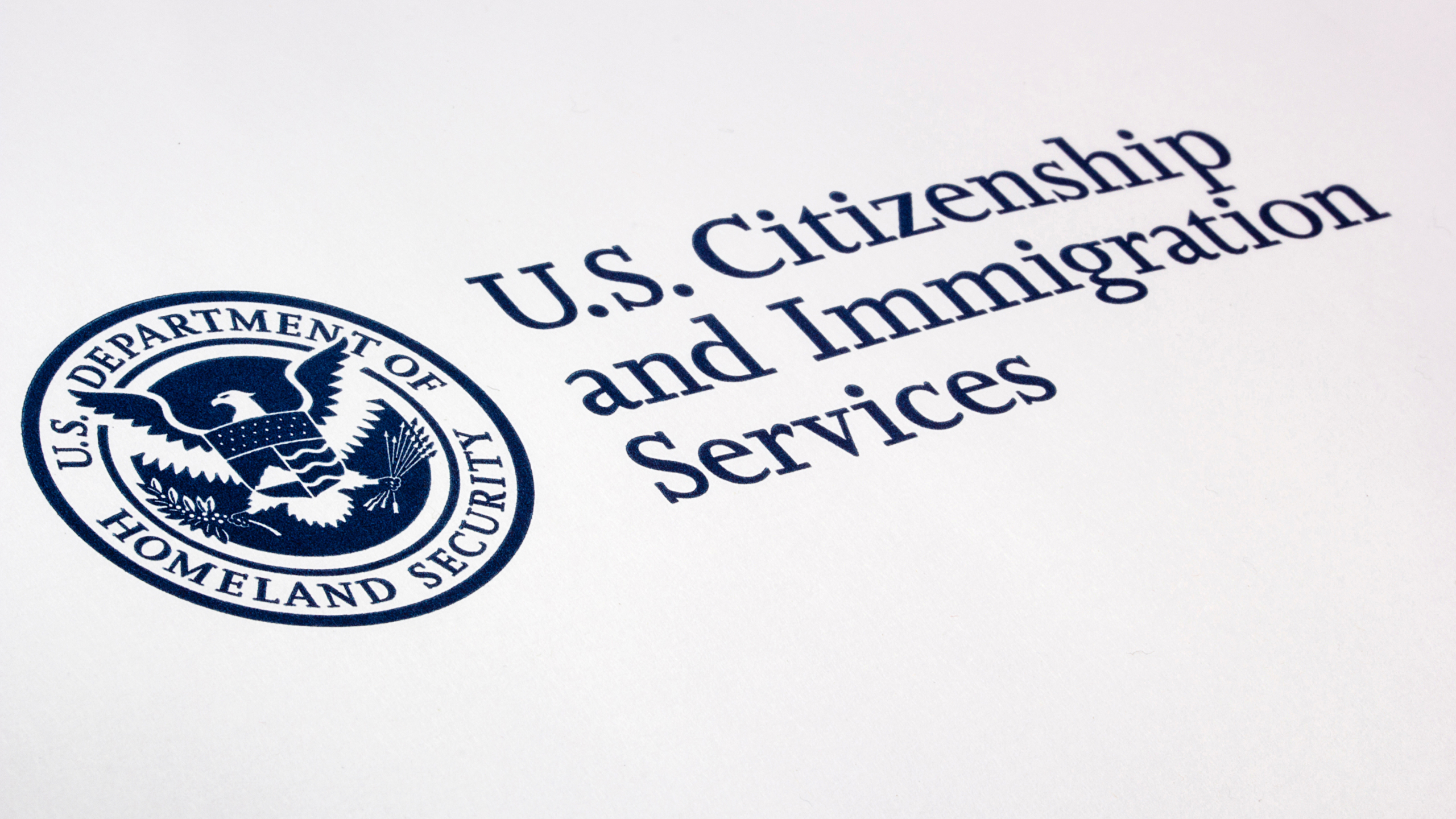USCIS Updates Policy To Allow Self-Identified Gender on Forms
A Progressive Step Forward

The United States continues to take steps to be inclusive of all people. Individuals of all genders and gender identities are welcome to immigrate to the United States. USCIS has recently taken steps to accommodate individuals whose gender identity may not reflect their gender assigned at birth.
Here’s what you should know about completing immigration forms if the gender marker you would prefer to use doesn’t match the gender marker on your birth certificate.
How Has the Law Changed To Reflect Gender Diversity in Immigration?
As conversations about gender, gender identity, and inclusivity began to rise to the forefront of American society, federal institutions became part of the conversation. Immigration reform efforts are also an important conversation in the United States.
The Department of Homeland Security (DHS) opened a request for public input in 2021, asking the public if they perceived any significant barriers to immigration. Issues pertaining to gender inclusivity were a common response.
DHS reviewed the feedback they received during their request for public input and referred to three executive orders signed by President Joe Biden to change their policies regarding gender markers on official documents:
- Executive Order 14012, Restoring Faith in Our Legal Immigration Systems and Strengthening Integration and Inclusion Efforts for New Americans
- Executive Order 13988, Preventing and Combating Discrimination on the Basis of Gender Identity or Sexual Orientation
- Executive Order 14091, Further Advancing Racial Equity and Support for Underserved Communities Through the Federal Government
Gender marker policy changes went into full effect in April of 2023. USCIS didn’t need to change any forms to enact the new rules. The forms are the same, but the guidance and instructions for completing the gender marker portion of the forms are different.
If you have the latest version of a USCIS form and it was created before the policy went into effect, you can still use the same forms.
What Are the Gender Marker Options on USCIS Forms?
USCIS currently allows for “M” (male) or “F” (female) gender markers. You are allowed to select the gender marker you feel best represents your gender identity. There are no longer any rules that specify which marker you’re required to select.
USCIS currently only offers binary selections, but they have expressed an interest in updating forms to include a non-binary gender marker. The marker “X” could be used for non-binary individuals or individuals who decline to specify a gender.
What Should I Do If My Documentation Shows a Different Gender?
It’s important for your supporting documents to match the information you provide to USCIS when seeking immigration benefits or filing a petition. Gender information is an exception.
USCIS understands that some people coming to the United States may be either legally unable to change their gender in their country of origin or would face significant persecution for transitioning. These are legitimate reasons for having gender information on your legal documents that doesn’t reflect your gender identity.
The United States allows adults access to gender-affirming care. You will be able to seek gender-affirming care in the United States and update your paperwork with USCIS to reflect your transition.
What Should I Do If My Documentation Shows a Different Name?
People often change their names during the process of gender transition. If your name was legally changed in the United States or your country of origin, you can use your new name on your forms. You’ll need to provide proof of your name change and list your former name because USCIS needs that information to verify your identity.
If you have not yet legally changed your name, you need to list your legal name on your paperwork. If you are using a name in your everyday life that is not yet your legal name, you should list it as an alias or “other name” when completing USCIS paperwork. You can leave a note in the “additional information” section of USCIS forms stating that your alias is your preferred name due to your gender transition.
Although you’re required to list your formal name on your paperwork, you can ask that USCIS refer to you by your preferred name during the interview process. They will be happy to accommodate you.
What Should I Do If I Filed My Paperwork Before the Changes Took Place?
If you would like to update the gender listed on your official USCIS documents or pending applications, you can contact USCIS online or by mail. The method of contact will change depending on the type of document you’re attempting to update or correct. If you have a USCIS account, you should have access to an option that allows you to update or change information.
USCIS has created an easier pathway for people who are interested in updating their information since the change took place. They’ve created an email address specifically for gender information change queries and requests. You can contact them directly at USCIS-updategenderinfo@uscis.dhs.gov.
Most updates or changes to USCIS paperwork require applicants to provide supporting documents. This requirement doesn’t apply to a request for a gender marker change on your USCIS paperwork. All you need to do is supply a letter explaining why you’re requesting the change.
USCIS doesn’t need very many details. You don’t need to disclose anything you’ve confidentially shared with a mental health professional or medical doctor relating to your gender-affirming care. You can simply say, “I am requesting to change my gender marker to reflect my gender identity.”
What Should I Do If I’m a Naturalized Citizen of the United States?
The only exception to the supporting document rule is for changing a Certificate of Naturalization (U.S. Citizenship certificate), which will require supporting documentation for a change.
USCIS gives the following guidelines for providing a supporting document:
- You obtain a court order, a government-issued document, or a letter from a licensed healthcare professional recognizing that your gender is different from the gender listed on your current document; and
- You seek a document reflecting the recognized gender.
In the simplest terms, a note from a gender-affirming care provider is sufficient enough to request a change. You are not required to participate in any type of medical treatment plan, hormone therapy, or surgical intervention in order to receive this letter from a healthcare professional.
You need to complete Form N-565, Application for Replacement Naturalization/Citizenship Document, and attach a qualifying supporting document that demonstrates the reason for your request to change your gender marker.
Many people who seek gender-affirming care will also change their names. You don’t need to file two separate applications to make both changes. You can request a name change and a gender marker change at the same time and supply a copy of the paperwork you were issued when you were legally granted a name change.
What Should I Do If USCIS Rejects My Request To Change My Gender Marker?
It is unlikely that USCIS will decline your request to change your gender marker if you’ve completed the paperwork and submitted your documentation correctly.
USCIS may reject changes relating to biographical information (like your gender or your name) if you’ve been charged with a crime in the United States or overseas. The United States has several laws regarding changing your identity to avoid criminal prosecution. If this doesn’t apply to you, you’re unlikely to encounter an issue.
The most common reason USCIS would reject a request to change your name or gender identity on your official paperwork is because you’ve completed a document incorrectly or failed to submit correct or complete supporting documents when necessary.
If your request is rejected, you’re allowed to amend your information and submit your request. If you had to pay a filing fee for paperwork, you’ll need to pay it again when you submit new or revised paperwork. A new submission will also start your processing time over from the beginning, as USCIS does not allow you to save your place in line.
The easiest way to avoid rejected requests is to work with an experienced immigration attorney. An immigration attorney will understand what USCIS needs from you. They will be able to help you complete your paperwork and prepare your supporting documents before you file.
Do You Need Help Changing Your Gender Marker With USCIS?
Changing your gender marker with USCIS is a fairly straightforward process, but there may be circumstances where people need a little help. The compassionate immigration law team at Cohen, Tucker + Ades can help you navigate requests for changes on your official immigration documents or Certificate of Naturalization. Contact us for a consultation to learn how we can help.
Sources:
Updating or Correcting Your Documents | USCIS
Form N-565, Instructions for Application for Replacement Naturalization/Citizenship
Not sure which option is right for you? Request a confidential consultation today.

